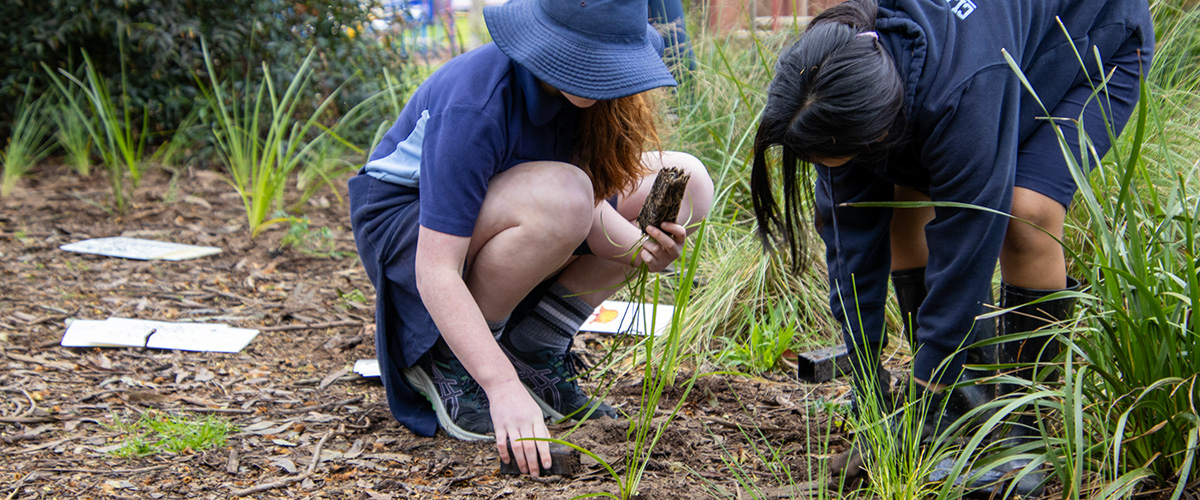
Council Resources
- Boroondara Council –Wildlife, biodiversity and gardening
- Knox City Council –Wildlife in Knox
- Manningham City Council-Protecting plants and ecology
- Maroondah City Council- Environmental weeds
- Monash City Council- Sustainable gardens
- Whitehorse City Council- Indigenous Plants
- Yarra Ranges Council-Plant Directory
Incursions and excursions
- CERES Community Park – Exploring EcoSystems Incursion
- Dolphin Research Institute- Excursions
- Gould League- Minibeast Safari, Wonderful World of Worms, Living Connections & Natural Links incursions and excursions
- Museum Victoria- Incursions and virtual programs
- Black Snake Productions- Educational wildlife incursions
- Wild Action- The Wild Action Experience
- Edendale Farm- Custom excursions
- La Trobe Wildlife Sanctuary- Transformative education experiences
- Parks Victoria- Learning in Nature
- Port Phillip Eco Centre- Outdoor Learning Excursions
- Royal Botanic Gardens Victoria- Excursions
- Phillip Island Nature Parks- Tours
- Early Childhood Outdoor Learning Network- Bush Kinder excursions
- Yarra Valley ECOSS- Hands on primary, secondary and early childhood excursions
- Zoos Victoria- Excursion Programs
Local nurseries
- Boroondara Council –Victorian Indigenous Nursery
Co-operative (VINC) - Knox City Council –Knox Environment Society
- Manningham City Council- Friends of Warrandyte State Park
- Maroondah City Council- CRISP
- Monash City Council- Greenlink Sandbelt Nursery
- Whitehorse City Council- Greenlink Box Hill and Bungalook Nursery
Lesson ideas and resources
- Cool Australia- Audit tools and identification guides
- Nature Kit 2.0- SMP and habitat maps
- Royal Botanic Gardens Victoria- Professional Development
- ResourceSmart Schools- Biodiversity Audit
- ResourceSmart Schools- Biodiversity module
- Next Box Tales- Next box information, design and monitoring
- Zoos Victoria- Act and share
- Birds in Backyards- Bird Survey
- Centre for freshwater ecosystems- Australian Freshwater Invertebrates Field Guide
- The Field Naturalists Club of Victoria- Fungi In Australia
- If your school has fruit trees check out these resources from ‘Keep the Yarra Valley Fruit Fly Free’
